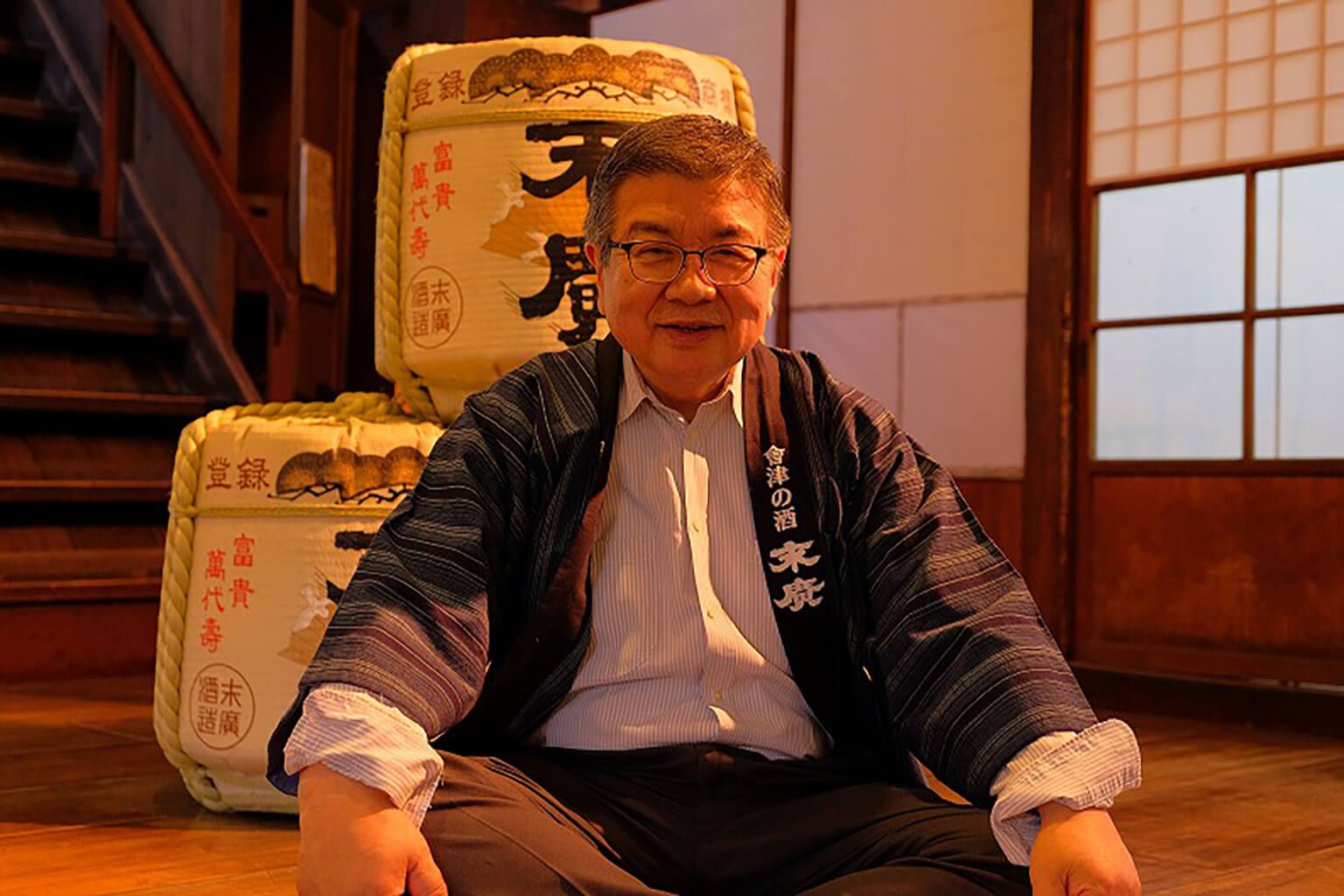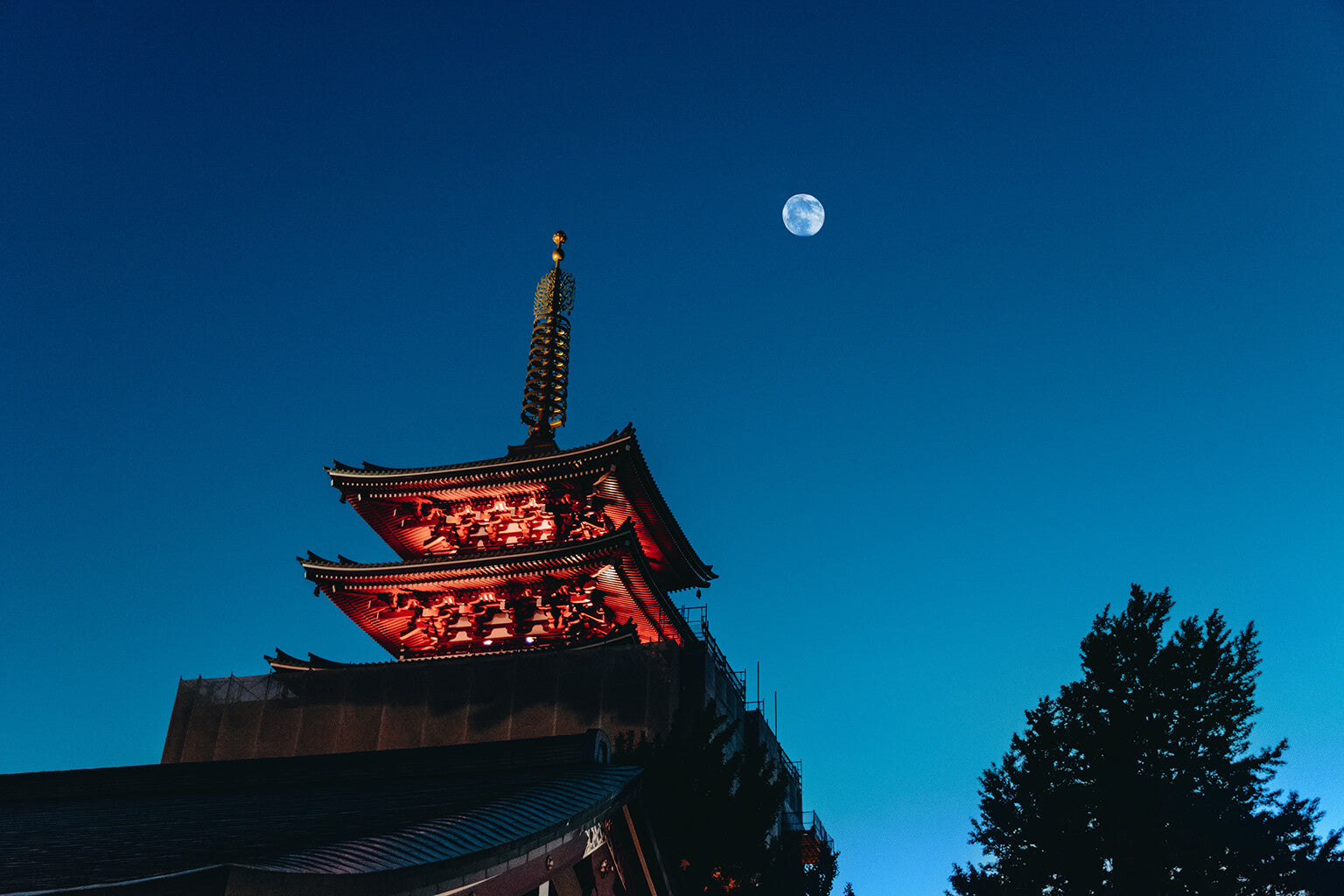Aged sake was considered a luxury product for hundreds of years. It was the pinnacle of sake.
These days, consumers expect youthful and clean sake. The aged, funky and dark stuff is mostly a thing of the past.
Luckily, a few artisanal brewers have kept alive the practice of aging sake. These intentionally aged brews are called koshu and are a seldom-seen substyle.
If you’re looking for sake with character and depth, koshu needs to be on your radar.
What is koshu?
Koshu means “old” or “aged sake.” This informal term refers to sake that’s been aged at the brewery for some time before release. Jukusei koshu is a more formal term for sake aged three years or more.
In general, sake tends to get darker, more savory and more mellow with age. How the sake is aged has a huge impact on the final results.
Koshu styles and flavor profiles
There is no strict style of koshu sake. Many are dark, fragrant and earthy. However, some are mellow and sophisticated, with little color. The sake grade and other brewing choices make a big difference.
Let’s start with the most common type of koshu: the dark, funky stuff.
These koshu sake are typically aged in larger vessels like tanks. Temperatures can fluctuate, but they’re usually not kept too cold. Over time, their color turns from gold to amber, and if aged long enough, sake will look like soy sauce.
Some of the flavors you may encounter with these types of koshu include dried and stewed fruits, nuts, caramel, chocolate, soy sauce and miso.
The aging process isn’t so severe with sake that’s aged in bottles at cold temperatures. These types of koshu often start life as fruity ginjo, and they become more graceful and rounded with age. Time adds complexity, but they don’t become dark, savory or heavy.
Koshu sake is uncommon today. In general, the fresher the sake, the better. But this wasn’t always the case.
A brief history of koshu sake
For hundreds of years, the best and most expensive sake were often aged. Sake aged from three to five years was highly sought-after. And for some time, nine-year aged sake (kunen-shu) was especially prized.
This all came to an end during the Meiji era, however. The government was looking to increase tax revenue and saw a huge potential source in the sake brewing industry. Brewers were taxed as soon as they pressed their sake. This encouraged them to immediately sell it rather than wait years to get their money back. And there was also a chance it could spoil before they sold it. These taxes effectively killed koshu.
But luckily, this wasn’t the end of aged sake. Tax laws were revised about 70 years ago. Brewers were taxed only once their sake shipped.
It was no longer risky to make koshu, but tastes had changed to a preference for young, fresh sake.
Aging sake at home
Most sake is best shortly after it’s released, but if you want to experiment with aging sake at home, here are a few tips.
How to age sake
First, store the sake in the dark. Light is the enemy. It’s a common practice to wrap bottles in newspapers. Make sure the date is visible or write it on the paper somewhere.
You’ll also want to find a place that has a consistent temperature. The floor of a closet, a basement or a refrigerator will do.
Conversely, avoid storing sake in a location with big temperature swings like a shed or a garage. Freezing or cooking sake will not produce good results!
Overall, cooler temperatures will reduce the speed and intensity of development while aging sake at room temperature will speed up the rate of change.
Ageworthy sake, and sake to avoid
When choosing sake for aging, here are some characteristics to look for and ones to avoid.
Acidity is one of my go-to metrics for picking sake to age. It acts like a preservative. Most sake brands list a numerical value which makes this process easier. An average sake might have a value around 1.0 to 1.3 while higher numbers indicate more acidity. I prefer an acidity of 1.5 or higher.
Intensity is another characteristic of ageworthy sake. But this is more subjective than acidity. If I’m not familiar with a sake, I read tasting notes and look for descriptors like rich, full-bodied or vibrant. Whether it’s fruity or earthy, an aged sake needs to have some intensity if it’s going to hold up.
Acidity and intensity are commonly found together. Yamahai and kimoto sake often have both of these characteristics. So, too, does unpasteurized sake, or namazake. However, this latter substyle of sake spoils easily so you have to store it cold and dark. Once-pasteurized, namachozo and namazume are more forgiving and can still be ageworthy.
My favorite style of sake to age is koshu, which is often highly ageworthy. The three recommended sake brands below can all handle additional aging.
In general, delicate and mild tanrei sake doesn’t age that well. Neither do lower-grade and entry-level products.
Keep in mind that many sake brands will not benefit from aging. If you go down this path, do so for the fun of the process because you’re likely to have mixed results.
Recommended koshu brands
Below are a few koshu brands with diverse characteristics. They’re arranged from earthiest to fruitiest.
Yuho “Rhythm of the Centuries” is an old-school sake that’s incredibly food-friendly. This junmai is brewed using the ancient yamaoroshi method, better known as kimoto. The hard brewing water and the kimoto method lead to a rich, sour and minerally sake. It’s then aged for four years which mellows out the flavors and adds depth.
In the glass, Yuho is a complex mix of fruity and savory notes. It’s clear with a yellow-gold color. And the aroma is moderate with notes of caramel, milk chocolate, banana foster, dried peach and saltwater taffy.
On the palate, “Rhythm of the Centuries” is dry and crisp. It has a long, minerally finish. Tasting notes include lemon zest, sour rice and toasted almond.
This sake would probably age gracefully for several years. But it’s drinking great right now. It’s ok chilled, but it shows best at room temperature or slightly warmed.
I highly recommend Yuho with grilled fish or chicken, salty cheese or shellfish.
Mantensei “Star Filled Sky”
Mantensei “Star Filled Sky” is a junmai ginjo that’s aged for three years. It’s produced by the Suwa Brewing Company, which has a long history of making koshu sake. After just one sip, it’s obvious they’ve mastered this style.
This sake is clear and golden in color. The aroma practically jumps out of the glass. Notes include cashew, golden apple, honey, milk chocolate and white miso.
Mantensei is softer and lighter than the Yuho sake above. But it’s still dry and tart. More nuttiness is evident on the palate, plus flavors of pear, golden raisin and chestnut.
“Star Filled Sky” manages to be both fruity and earthy. It’s also complex but drinkable.
This is textbook koshu and one of my new favorite sake. Like Yuho, I find this sake tastes best at room temperature or warmer. It’s even delicious served piping hot (atsukan).
Pair this sake with grilled or fried meat. It has the umami to match grilled steak, pork tonkatsu or chicken karaage. Mantsensi also makes a fine pairing with rich, oily fish like salmon and mackerel.
Hakkaisan “Yukimuro” 3 Years Snow Aged
Hakkaisan Brewery Company is a brewery from snowy Niigata. This region is famous for making light, dry and clean sake. Niigata is also known for their traditional yukimuro. These are buildings filled with snow. They maintain a cold temperature year-round and are used to store vegetables, meat and sake.
Hakkaisan “Yukimuro” is aged in one of these structures for three years. It’s a junmai daiginjo that’s undiluted with water (genshu).
This is a gentle and fruity koshu sake. It’s clear with little color. The aroma is floral and fruity. Notes include fresh flowers, green apple, pineapple and lemon curd.
On the palate, Hakkaisan “Yukimuro” is super mellow. It’s slightly dry with a medium-body. And the texture is soft and rounded. Tasting notes include pear, honeydew, vanilla and steamed rice.
This Hakkaisan sake is on the light and elegant end of the koshu spectrum. The age adds charm and a mellow character without any funky notes or color. It's cold-aged and therefore tastes best chilled.
Pair “Yukimuro” with sushi and sashimi. It’s especially good with fatty fish like toro, salmon and hamachi. Grilled kama is also a fine match.
Learn more about different types of sake with Tippsy Sake Guide, Lesson 4: Types of sake.















